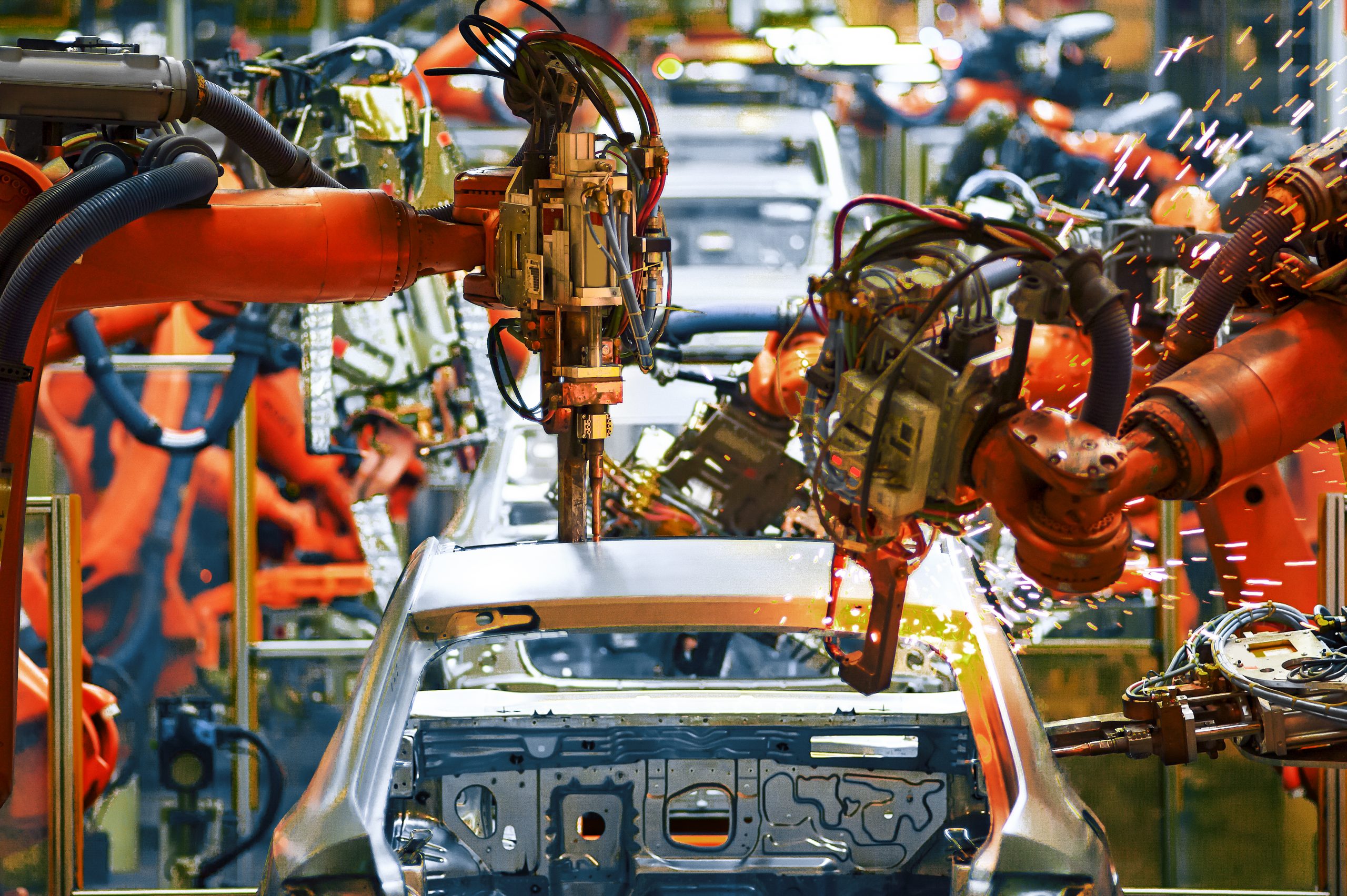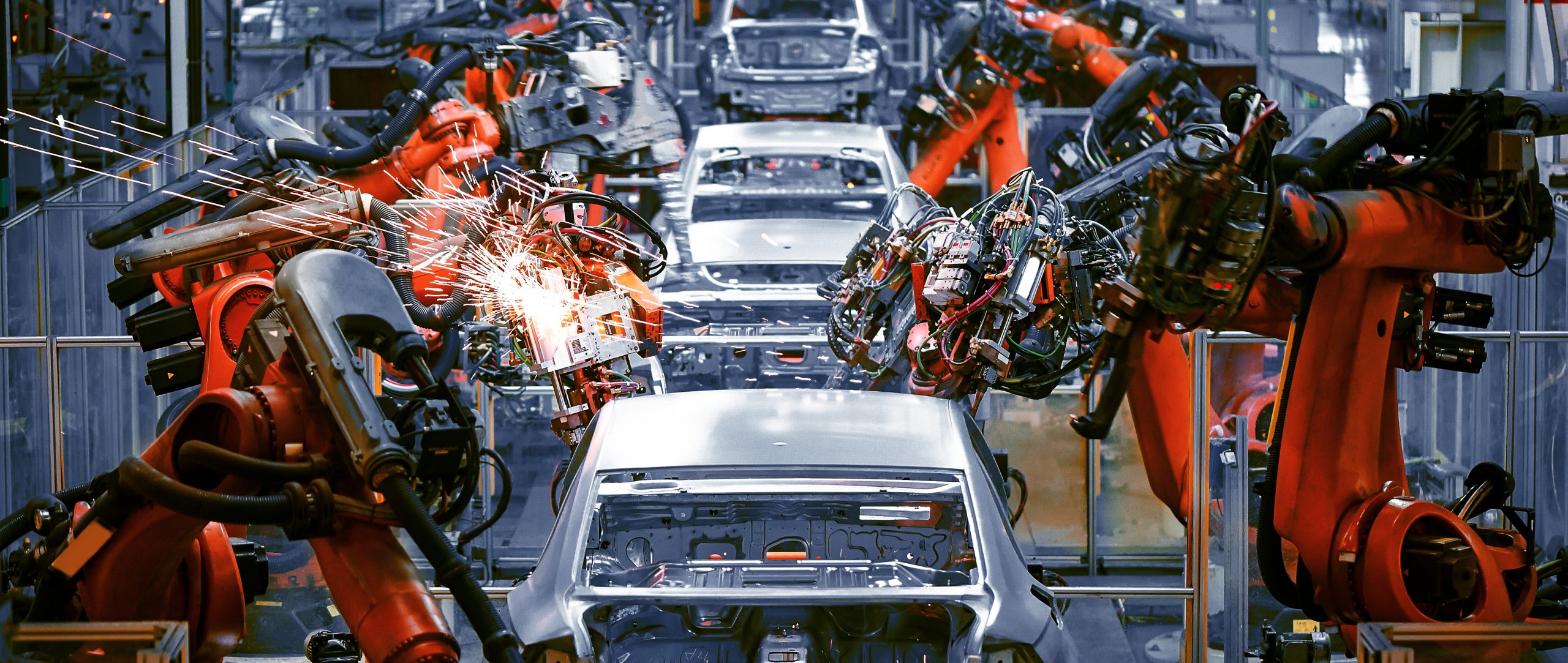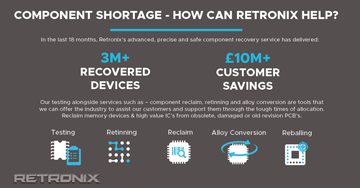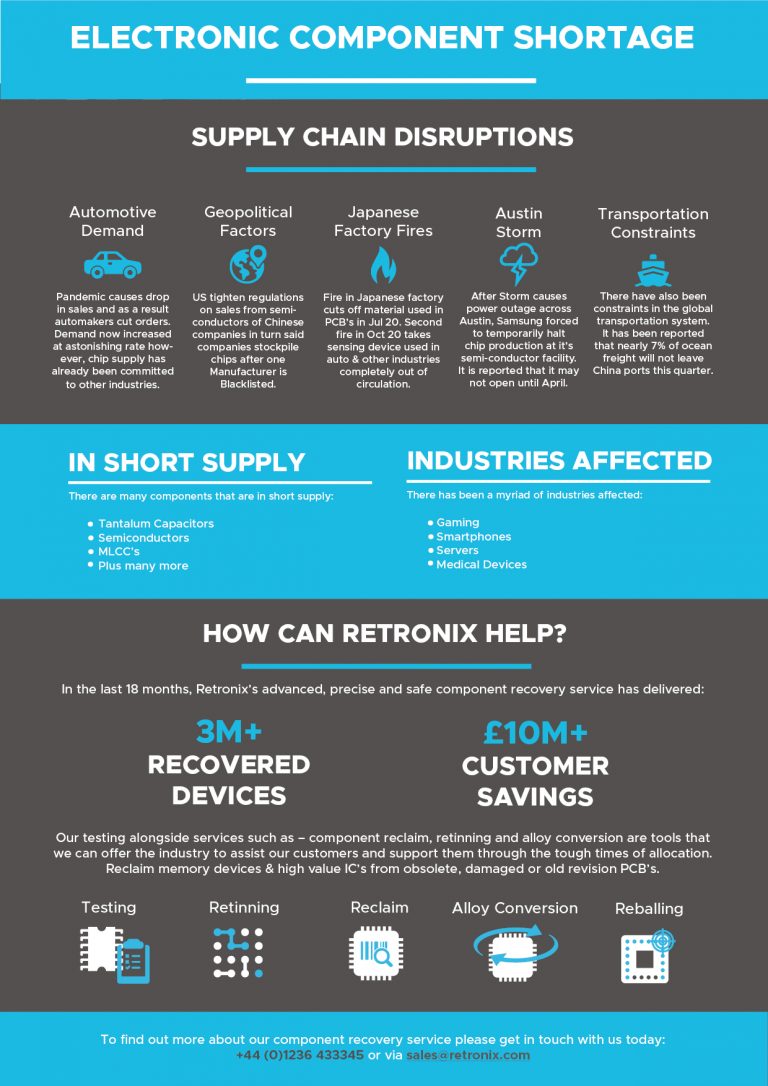Cheap as Chips | A Road to Recovery for Automotive
The chip shortage is back for Year 2 and, the automotive industry continues to bear the brunt as semiconductor manufacturers continue to neglect their cheap chips.
Nvidia Corp recently led a string of predictions from fellow chipmakers at the J.P. Morgan Tech Forum with its forecast for the chip shortage. With a consensus that there will be minimal improvement to the situation before the middle of 2022, maybe not even then.
A somewhat alarming outlook for a sourcing issue that dates back to March 2020 but, of the endless problems thrown at companies by Covid-19, the global chip shortage appears to have been one of the most destructive. Companies should count themselves lucky to have avoided the disruption inflicted by the lack of chips which has caused backlogs for products, including vehicles, consumer electronics, and household appliances.
Legacy Semiconductors
Perhaps no other industry has been as affected by the semiconductor deficit as automotive, with carmakers large and small relying on these tiny computer chips to power everything from infotainment systems to steering wheels and much more. According to US-based consulting firm AlixPartners, shortages related to semiconductors cost the automotive industry a whopping $210 billion in revenue in 2021.
The automotive OEMs aren’t holding their breath about the situation letting up anytime soon, either. As reported by Reuters, Ford has taken the tough decision to suspend production at eight factories following a slump in share. Even Elon Musk has announced that because of the chip shortage, there will be no new Tesla models released in 2022.
As with most things in the convoluted automotive industry, there are countless reasons why the chip shortage has been so severe. What might be surprising is a route cause to the situation is the type of chips used. Yes, while automotive technological advancements have progressed significantly over the years, cars use a lot of older, lower-tech legacy chips, which cost mere dollars to produce.
Therefore, mature vehicle chips, which can date back to 2005, deliver a lower profit margin, and ultimately there is less incentive for chip manufacturers to invest in more capacity. Both Infineon and Apple Inc’s Tim Cook have agreed that the market for mature chips would remain tight as semiconductor makers have an incentive to focus on the newest and most expensive chips (Reuters).
If the semiconductor giants have their way, the days of the automotive industry relying on these cheap commodity chips are numbered. In the meantime, before more factories close their doors, there need to be shorter-term solutions to this relentless chip shortage.
Component Recovery
While currently there is a lack of capacity for legacy semiconductors, it doesn’t mean that there are no chips out there. However, these mature components might be attached to obsolete PCBs, gathering dust in storage. Retronix has a component recovery service that provides a means to safely remove chips from PCBs and return to a like-new condition. We combine our rework, re-tinning, re-balling, ICOS coplanarity testing, electrical testing, and re-packaging services, to ready components for your new builds.
What’s more, with legacy components dating back to as early as 2005, six years before the RoHS directive, there may be a requirement to convert parts from Pb to Pb Free. Our fully automated alloy conversion system will ensure that your devices aren’t exposed to excessive heat or abrasion, meeting the stringent High Reliability standards of GEIA-STD-0006. Retronix is one of the few companies that offer a full bill of material (BOM) conversion process.







